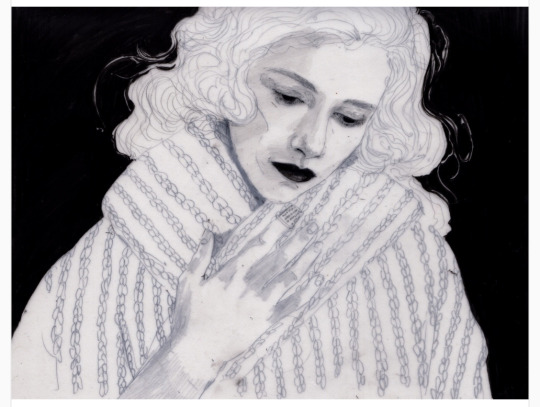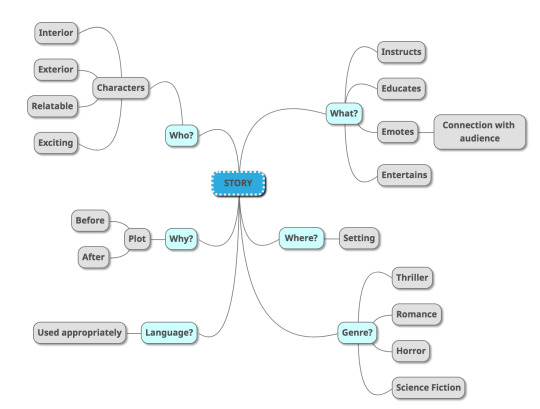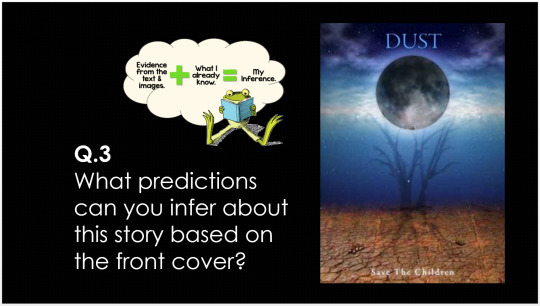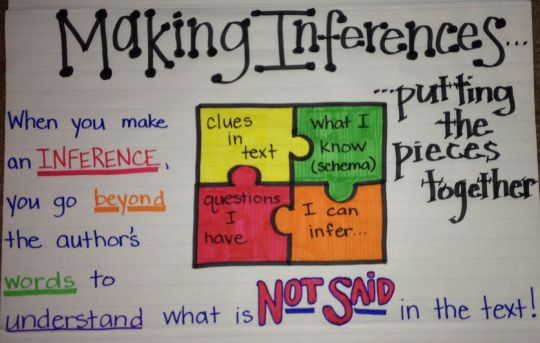Text
Response to Prompt Eight

Upon searching the hashtag #picturebooks I was delighted to see pages and pages of colourful options; I suppose that is one stereotype of picture books - colourful and bright pages. For this exact reason, my eyes were drawn to a black and white picture book and I chose to discuss it because it stood out to me. This upcoming book (still unnamed) is currently being written and illustrated by Angie Hoffmeister - an artist and freelance illustrator from Germany. She explains on her Tumblr post that her picture book will tell stories about dressmakers, flights to the moon, flowers and circuses; topics which definitely interest children.
I absolutely love colourful picture books; ones with busy illustrations that marry perfectly with the text, however, I also love the approach Angie is taking and the fact that she is going against the grain. It is not uncommon that students get distracted by these colourful and busy illustrations and completely miss the moral of a story. A black and white picture book, sketched in pencil and nothing else, intrigues me; it symbolises something powerful. In my opinion, black and white illustrations send a bold message and have the potential to elicit deeper emotions from its readers. I admire the work of Angie Hoffmeister and have followed her so I can stay informed with her work.
0 notes
Text
Response to Prompt Seven

ABC 2018, How to Build Stories, ABC Education, retrieved 25 September 2018, <http://education.abc.net.au/home#!/digibook/2000107/how-to-build-stories>.
0 notes
Text
Response to Prompt Five
Prior to reading 'Dust' by Colin Thompson to my year 6 students, I would undertake a series of frontloading activities and encourage students to make their own inferences and predictions about the book. To do so, they would need to consider the title of the book, the illustrations on the front and back covers and the general mood the author/illustrators are trying to portray. By asking students a series of questions, it encourages them to think outside the box and delve deep into the themes portrayed in the story.
To stimulate their thinking, I would ask the following five questions:
What do you see when you look at the front cover of 'Dust'?
How does the front cover make you feel?
What predictions can you infer about this story based on the front cover?
Why do you think the author and illustrators have chosen to use these particular colours/imagery?
What do you think 'Save the Children' suggests?
I have decided to present my questions in the following multi-modal presentation (PowerPoint). Each slide depicts a different question with an accompanying image intended to provoke deeper thoughts. For example, Q.4 has a colour psychology chart, which describes BLACK as ‘death, evil, mystery’, and BLUE as ‘coldness’ and ‘fear’ - these should encourage students to think outside the box and delve a little deeper.






0 notes
Text
Response to Prompt Two

A handmade literacy poster I have come across is this one titled ‘Making inferences’. It is not uncommon for students to struggle with reading comprehension; this poster encourages them to put the pieces together and infer. I like this poster because it clearly outlines what an inference is using a puzzle metaphor to dissect the focus.
0 notes
Text
Response to Prompt Four
As always, my placement experience was very enriching and once again reinforced my passion for teaching. I was placed in a foundation/level 1 classroom comprised of 19 students. Reflecting upon their literacy program, I can definitely say that I learned the most this time around.
Four school days out of the five, students have their literacy block in the morning, concluding at recess time. Firstly, students spend approximately 20 minutes doing ‘Word Work’. Throughout the week, they rotate in their table groups (3 groups) and complete an activity. When choosing the activities for the week, my mentor teacher explained to me that the first activity should focus on the formation of letters, the second, on letter sounds and the third, improving their fine motor skills.
In addition to ‘Word Work’, students then have literacy rotations. This was my favourite block as I got to do guided reading with a group of students. I really enjoyed guided reading because I got to really explore the students understanding of the text and how they read. This was valuable information as it helped me plan literacy lessons accordingly.
One thing I did not like about literacy in this classroom round was that the students were not always challenged. I understand that they are only at foundation/1 levels, however, the literacy activities I observed were quite basic and involved a lot of colouring in. I do love the concept of learning through play, however I would have loved to challenge the students a little more.
I witnessed a few different writing styles, including emerging. It was very interesting to see a students writing book and how she had developed over the year. For example, at the start of term 1, she was writing random letters that had no meaning on the paper, however, during placement I got to see her development - although her writing was still far from ‘perfect’, it showed me that she was now using her sounds to form words, for example she wrote ‘holeda’ to represent ‘holiday’. This is an example of emerging writing and it is very rewarding to see the students’ development.
As they are still at an early level, students were reading mostly levelled readers; they did borrow books from the library - generally picture books. I also read to the students daily during brain food time. One book they loved was called ‘Where do Giraffes go to bed?’ - this book was very relevant as it integrated their living and non living topic with literacy.
0 notes
Text
Response to Prompt One
I have vivid memories of being read to both in primary school and at home. When I was in my early years of primary school, I can recall sitting on the floor as a class and listening to the teacher read an oversized book to us. I remember those oversized books clearly; we would listen intently to the teacher reading, whilst being captivated by the illustrations. Throughout the story, the teacher would ask us questions to help us comprehend the text, for example “what do you think is happening in this picture?” “Can you predict what is going to happen next?”
I loved listening to stories and remember my teachers reading voice to be quite mesmerising; listening to her read stories made me feel as though I was inside the book and an active participant of the story. In hindsight, it is incredible how valuable expression can be - it really sets the tone of the book and encourages listeners to come along on the journey.
One book in particular that I recall listening to was titled Possum Magic by Mem Fox. I was in grade 2, I remember this because it was around the same time that we planted native Australian plants in our school grounds. Possum Magic makes reference to distinct Australian traits such as Vegemite and ANZAC biscuits. Not only do I love vegemite sandwiches, but that week, I actually baked some ANZAC biscuits with my mum, so I remember being able to relate this story to my own life - this was a nice feeling!
When I progressed into the middle years of primary school, I remember listening to a chapter per day of Matilda by Roald Dahl. We knew the drill - everyday after lunch we would grab a cushion, a bean bag or a spot on the carpet and listen to the teacher read us a chapter of Matilda. In addition to being a great story, Matilda has sentimental value to me; I remember feeling inspired by Miss Honey to become a teacher myself. Since falling in love with Miss Honey’s warmth, morals and kind nature, I have always wanted to become a teacher just like her!


0 notes

